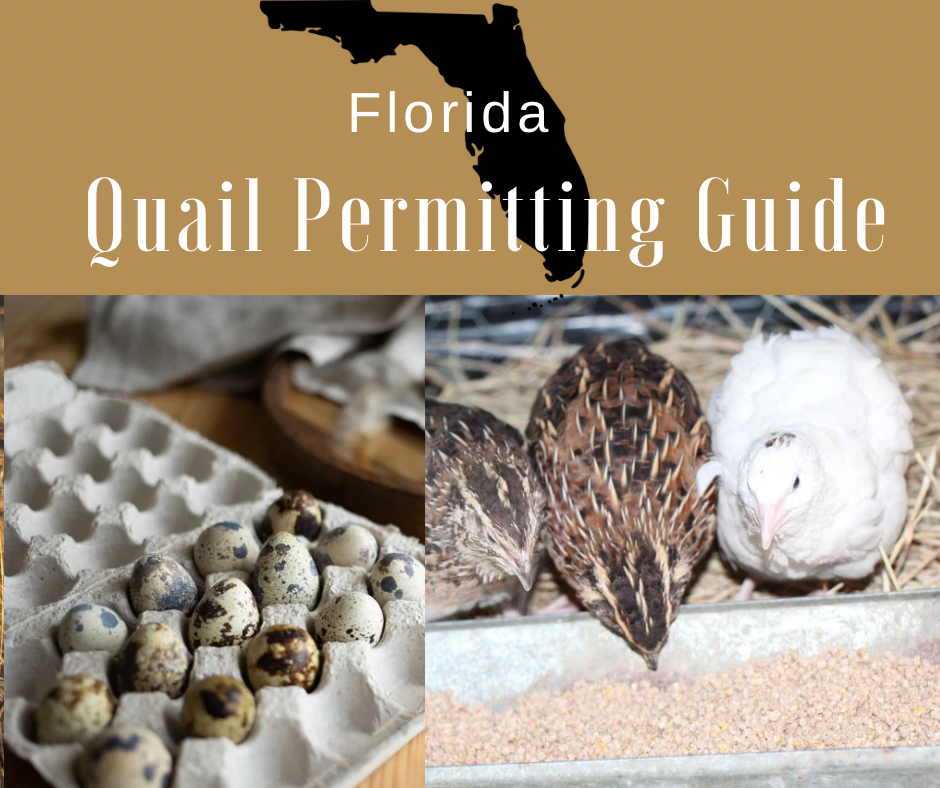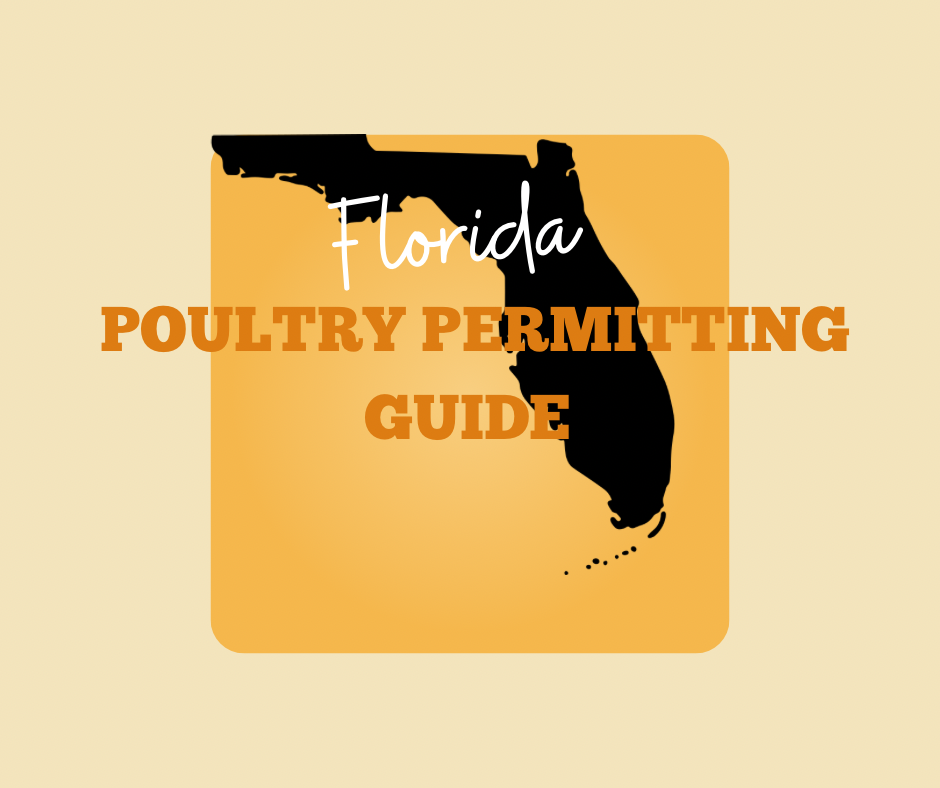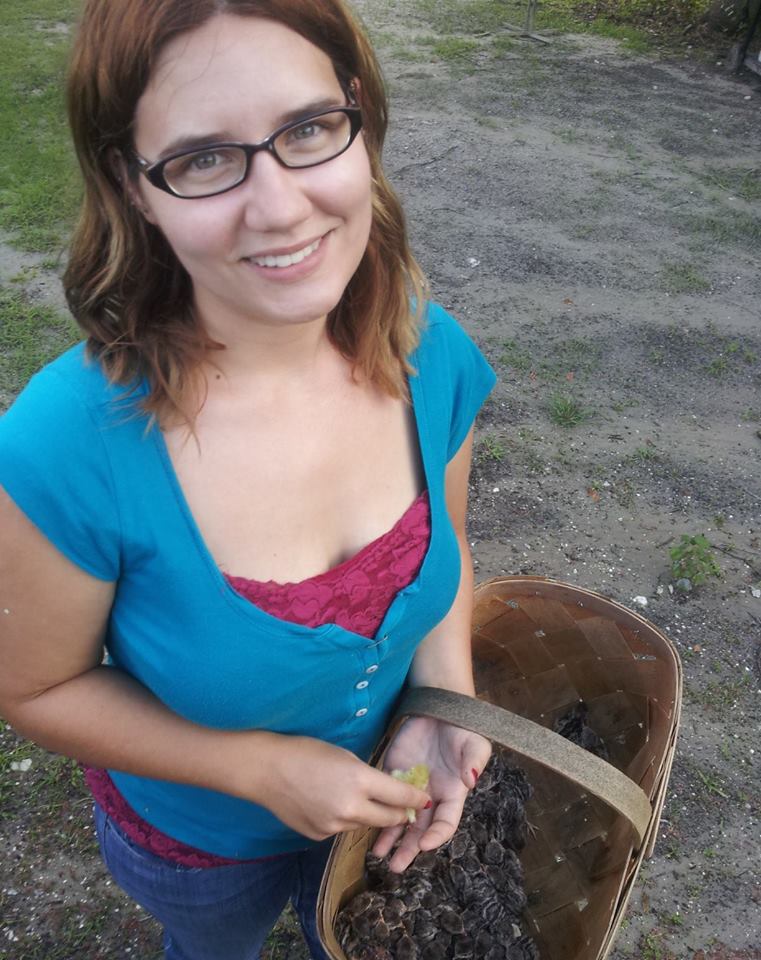Raising Coturnix quail is a rewarding experience, but like all animals, they require different care depending on the season. From the sweltering heat of summer to the cold of winter, each season brings its own set of challenges. Properly adjusting your care routine can help keep your quail healthy and productive year-round.
Spring: Preparing for Growth and Breeding
Clean and Refresh the Coop
As the weather warms up, it’s a good time to thoroughly clean the coop. Remove all bedding, disinfect surfaces, and check for any repairs needed after winter.
Replace old bedding with fresh, dry material to prevent mold and keep your quail comfortable as they become more active.
Boost Nutrition for Breeding
Spring is often the start of the breeding season for quail. Ensure that your birds are getting a well-balanced diet rich in protein and calcium to support egg production and fertility.
Consider adding vitamins and minerals to their diet to give them an extra boost during this high-energy period.
Monitor for Health Issues
With the increase in temperature and humidity, parasites like mites and lice can become a problem. Regularly inspect your quail and their environment for signs of infestation, and treat promptly if necessary.
Summer: Keeping Cool in the Heat
Provide Ample Shade and Ventilation
Ensure that your quail have access to shaded areas throughout the day. If your coop is in direct sunlight, consider adding a shade cloth or relocating it to a cooler spot.
Proper ventilation is crucial in the summer to prevent heat stress. Make sure your coop has plenty of airflow and consider installing fans if necessary.
Hydration is Key
During hot weather, quail can become dehydrated quickly. Provide plenty of fresh, cool water and check it several times a day to ensure it doesn’t run out.
Adding electrolytes to their water can help replace nutrients lost through heat and keep them hydrated.
Manage Feeding Times
Feed your quail during the cooler parts of the day, such as early morning or late evening. This encourages them to eat when they are less stressed by the heat.
Dust Bath Areas
Quail enjoy dust bathing, which helps them stay cool and keeps their feathers in good condition. Provide a shallow container filled with sand or fine dirt for them to bathe in.
Fall: Preparing for Cooler Weather
Gradual Diet Adjustment
As the weather begins to cool, gradually increase the caloric content of your quail’s diet to help them build up energy reserves for the winter.
Continue to provide a high-protein diet, especially if your quail are still laying eggs.
Molting Season
Fall is typically the time when quail molt, shedding old feathers and growing new ones. During this period, egg production may decrease or stop altogether.
Molting can be stressful, so make sure your quail are well-nourished and minimize stress by handling them gently and keeping their environment calm.
Winterizing the Coop
Start preparing your coop for winter by checking for drafts and adding insulation if needed. This will help keep the coop warm as temperatures drop.
Add extra bedding, such as straw or wood shavings, to provide warmth and comfort as the nights get colder.
Winter: Keeping Warm in the Cold
Maintain Coop Temperature
In extremely cold climates, consider adding a safe heat source to your coop. However, be cautious of fire hazards and ensure any heating elements are well-secured and safe for use around birds.
Ensure that your coop is well-insulated but still allows for some ventilation to prevent moisture buildup, which can lead to respiratory issues.
Prevent Water from Freezing
Use heated waterers or water bowls to prevent their drinking water from freezing. Check frequently to ensure that they always have access to liquid water.
On especially cold days, check their water multiple times to ensure it hasn’t frozen.
Adjust Feeding Practices
Quail need more calories in the winter to maintain body heat. Offer them a slightly higher-calorie diet, and consider adding a bit of cracked corn or other energy-rich grains to their feed.
Feed them more frequently throughout the day to ensure they’re getting enough energy to stay warm.
Keep the Coop Dry
Wet bedding can lead to cold, unhealthy conditions for your quail. Ensure that the coop remains dry by regularly changing the bedding and avoiding water spills inside the coop.
Even in winter, it’s important to maintain some ventilation to prevent moisture buildup, which can lead to frostbite and respiratory problems.
Caring for Coturnix quail throughout the year requires adjustments to your routine based on the season. By providing appropriate shelter, diet, and care, you can help your quail stay healthy and productive no matter the weather. Whether it’s keeping them cool in the summer or warm in the winter, a little preparation and attention to their needs will ensure your quail thrive year-round.









